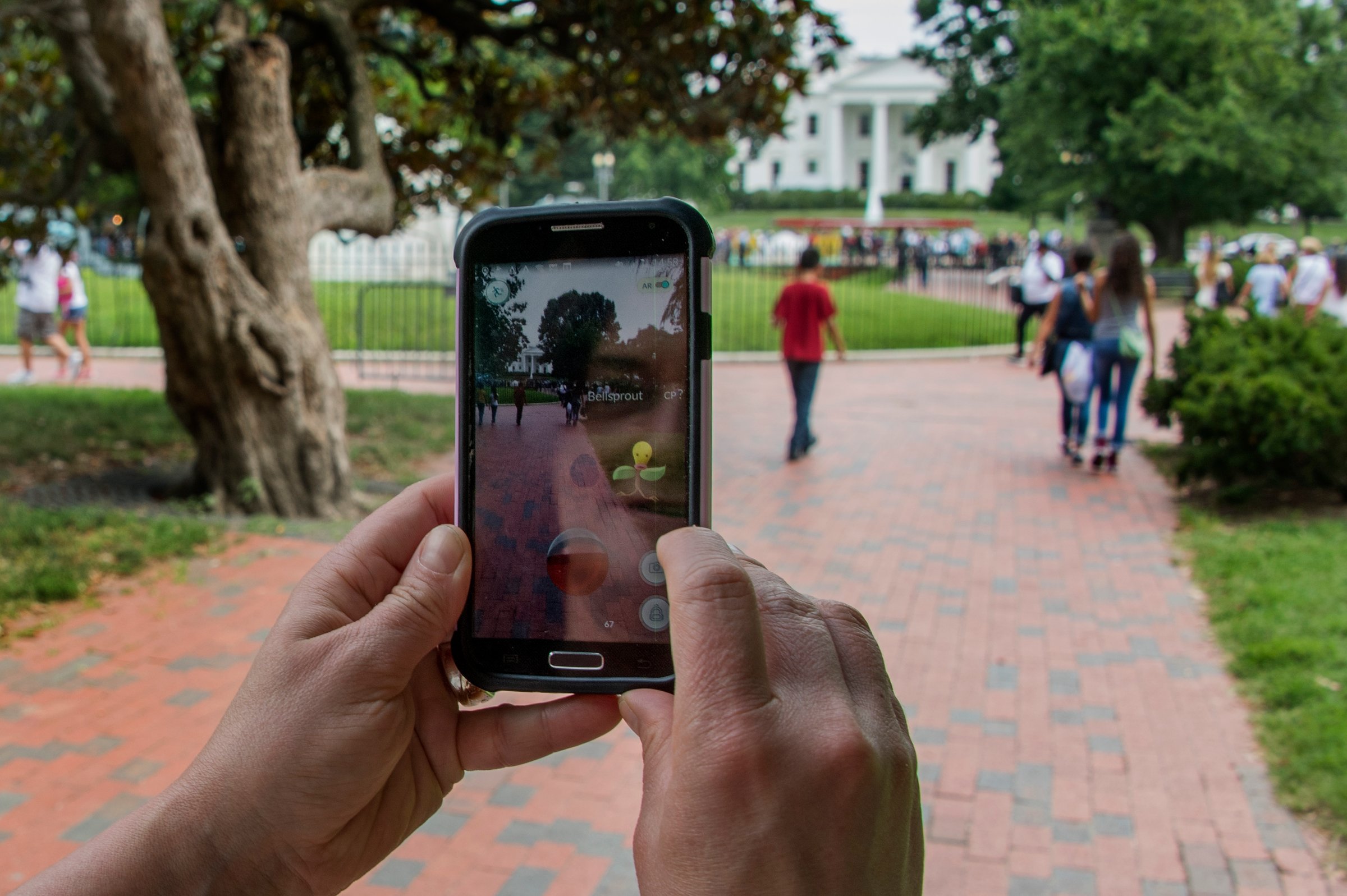
Pokémon Go seems like it’s everywhere — but it may not be everywhere equally, according to a report from the Urban Institute.
Players advance by finding Pokéstops and gyms on the digital map by physically going to the corresponding locations in the real world, and the analysis of Washington, D.C. suggests those stops are way more likely to be in relatively affluent or white neighborhoods.
“In neighborhoods that are majority white, there are 55 portals on average, compared with 19 portals in neighborhoods that are majority black,” wrote Shiva Kooragayala and Tanaya Srini in the report. They added that this disparity held true even when they controlled for population density and the amount of millennials living in the neighborhoods.
The report analyzes data about portals in Niantic’s earlier game Ingress, and the company used the same geographic map and information to construct the world of Pokémon Go. The issue may stem from how users used to be able to suggest portal locations for Ingress, and the game’s user base was skewed towards younger, male English-speakers.
Plenty have lauded the good that Pokémon Go can do by encouraging people to discover their cities, but that good can become another way to perpetuate inequality if it passes over neighborhoods that aren’t wealthy or majority white. At the very least, fewer Pokéstops makes the game less fun — and potentially more expensive, if people choose to make in-app purchases to progress.
More Must-Reads from TIME
- Why Trump’s Message Worked on Latino Men
- What Trump’s Win Could Mean for Housing
- The 100 Must-Read Books of 2024
- Sleep Doctors Share the 1 Tip That’s Changed Their Lives
- Column: Let’s Bring Back Romance
- What It’s Like to Have Long COVID As a Kid
- FX’s Say Nothing Is the Must-Watch Political Thriller of 2024
- Merle Bombardieri Is Helping People Make the Baby Decision
Write to Julia Zorthian at julia.zorthian@time.com